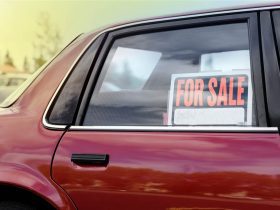Accidents can happen to even the best drivers. Even when you aren’t reckless driving there can be a moment of distraction that causes you to lose control and an accident occurs. Unfortunately, things can get very complicated for you when you cause a car accident. Injuries could occur and there is going to be a long and expensive process afterward.
There is going to be a car accident lawyer Salt Lake City involved, as well as lots of calls to and from your insurance company. You may even have to go to court depending on the circumstances. In this article, we will give you some advice on how to handle the situation when you are at fault.
What type of state do you live in?
Different states have different approaches to how they handle accidents. Some are considered at-fault states while others are no-fault states. In the first case, when you are in an accident that you caused in an at-fault state then you or your insurance company will be held liable for the damages to the other driver’s car, property, and bodily injuries.
If you have enough collision coverage from your insurance then it will cover the damages and compensation. If you run over the limit then you are responsible to cover the balance.
In a no-fault state, the individual insurance companies pay out their respective drivers. How the process goes when you are at fault will be determined by the state where you live.
Fully at fault or partially at fault
There are also some states which will assign a percentage of fault to each driver in an accident. In an instance in which the cause of the accident is not exactly clear, then they will determine if the accident could have been avoided by either driver and assign each one a portion of the blame.
How that gets determined is usually through the police report from the accident. If a police officer was at the scene either at the time of the accident or immediately following it then they usually have an idea of who was at fault and by how much.
Some accidents will see both drivers given 50% responsibility each so their insurance companies will usually battle it out between themselves.
Get lots of witness testimony
To bring down your responsibility from 100% will take some witness testimony that will show that the other driver also bears some responsibility. Or, you may feel that you were not at all at fault although the circumstances of the accident look like you caused it.
Get as many witness statements as possible and have them ready to speak with the police officer that arrives to report on the accident. They may also be called by your insurance company to verify that you were not at fault or only partially and can help your case tremendously.
A claims adjustor will need this testimony to be able to assess the damages and find fault.







